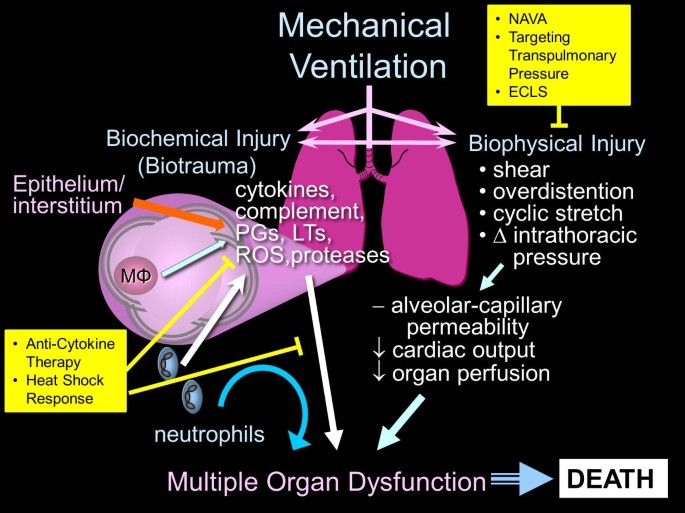
The time-controlled adaptive ventilation protocol: mechanistic approach to reducing ventilator-induced lung injury | European Respiratory Society

Pathophysiology of ventilator-induced lung injury (VILI) in non-injured... | Download Scientific Diagram
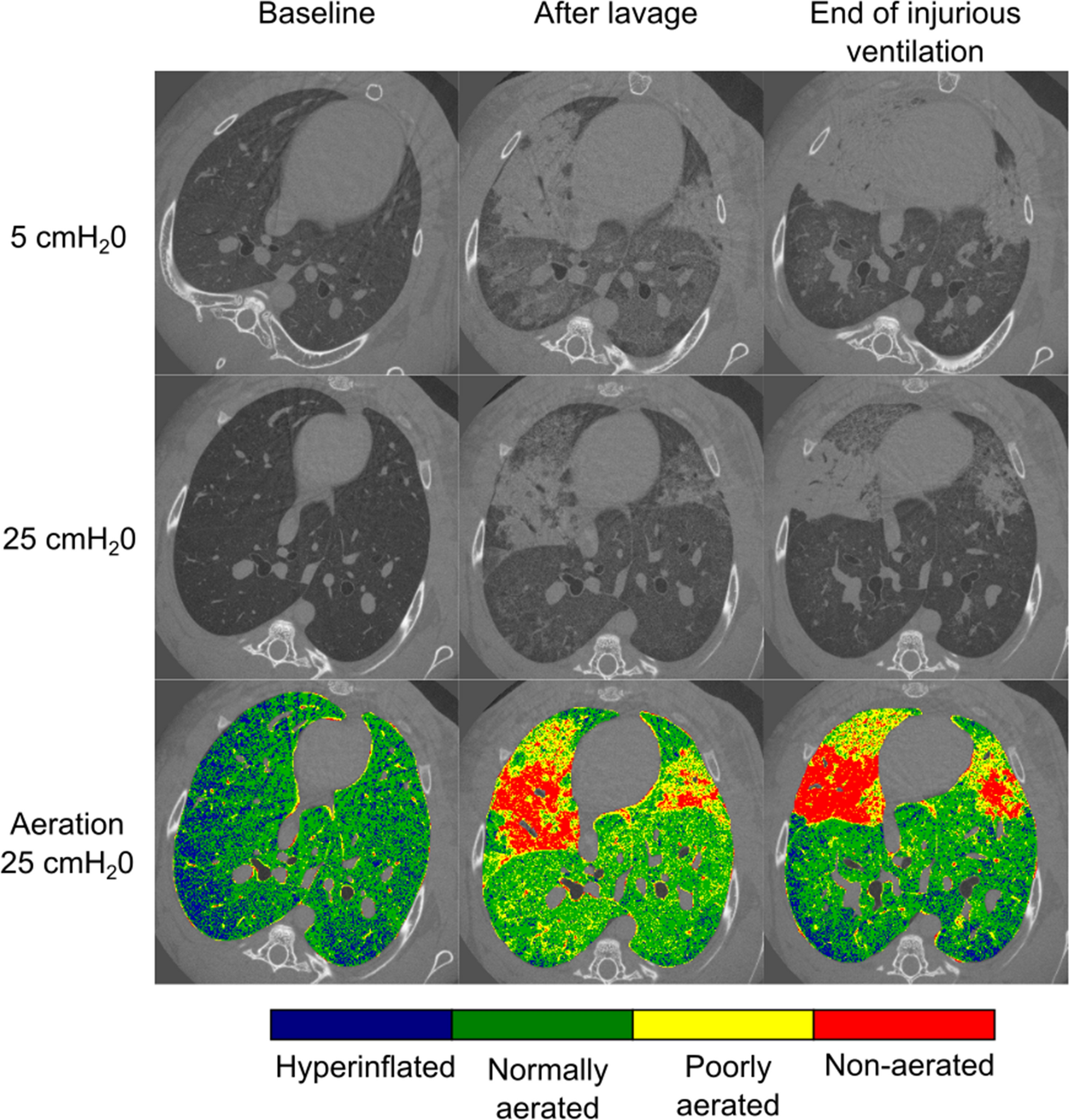
Imaging atelectrauma in Ventilator-Induced Lung Injury using 4D X-ray microscopy | Scientific Reports

JCI Insight - mTORC1 is a mechanosensor that regulates surfactant function and lung compliance during ventilator-induced lung injury

Endothelial cell signaling and ventilator-induced lung injury: molecular mechanisms, genomic analyses, and therapeutic targets | American Journal of Physiology-Lung Cellular and Molecular Physiology
Induced Pluripotent Stem Cell Therapy Ameliorates Hyperoxia-Augmented Ventilator-Induced Lung Injury through Suppressing the Src Pathway | PLOS ONE
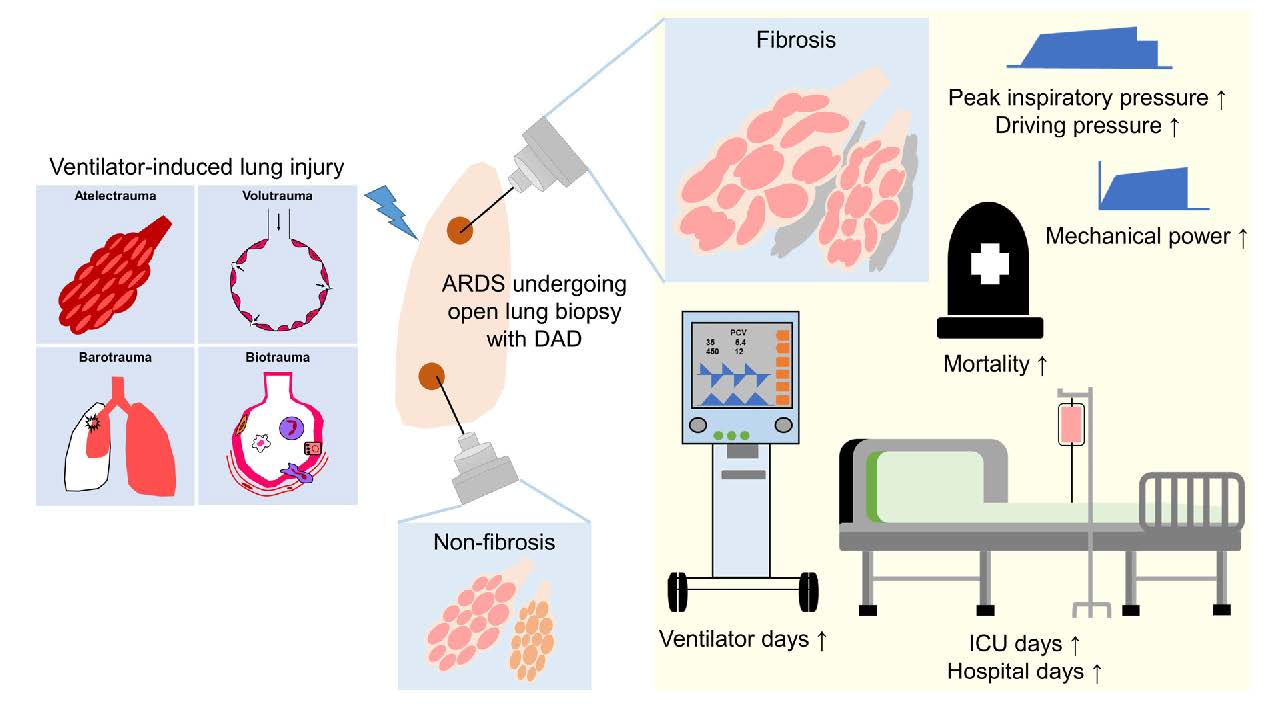
JPM | Free Full-Text | Relationship between Mechanical Ventilation and Histological Fibrosis in Patients with Acute Respiratory Distress Syndrome Undergoing Open Lung Biopsy
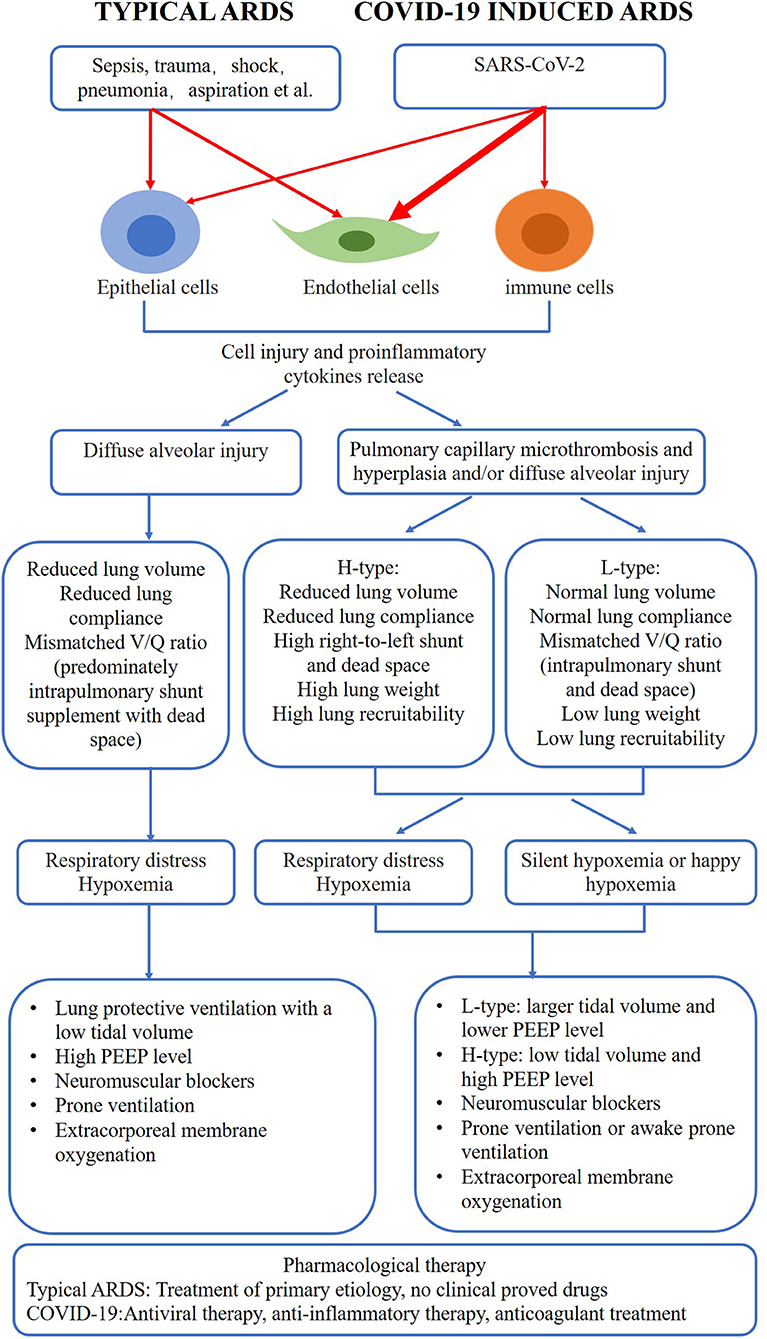
Frontiers | Comparison of COVID-19 Induced Respiratory Failure and Typical ARDS: Similarities and Differences
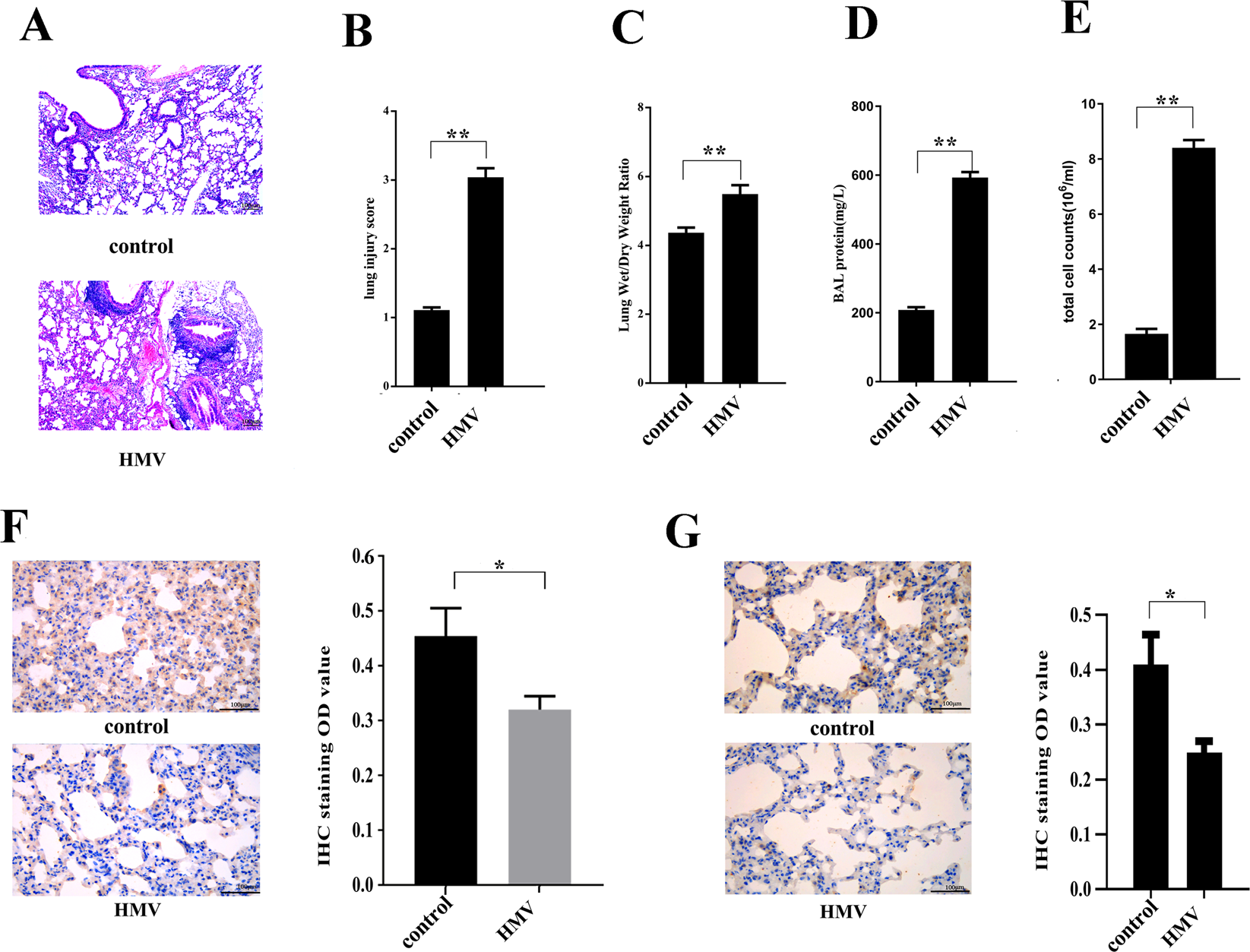
Enhancement of FAK alleviates ventilator-induced alveolar epithelial cell injury | Scientific Reports
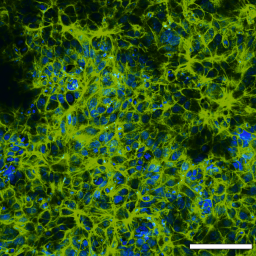
Innovative in vitro method to study ventilator induced lung injury | ALTEX - Alternatives to animal experimentation

Prevention and treatment of acute lung injury with time-controlled adaptive ventilation: physiologically informed modification of airway pressure release ventilation | Annals of Intensive Care | Full Text

Ventilator-associated lung injury: a search for better therapeutic targets | European Respiratory Society
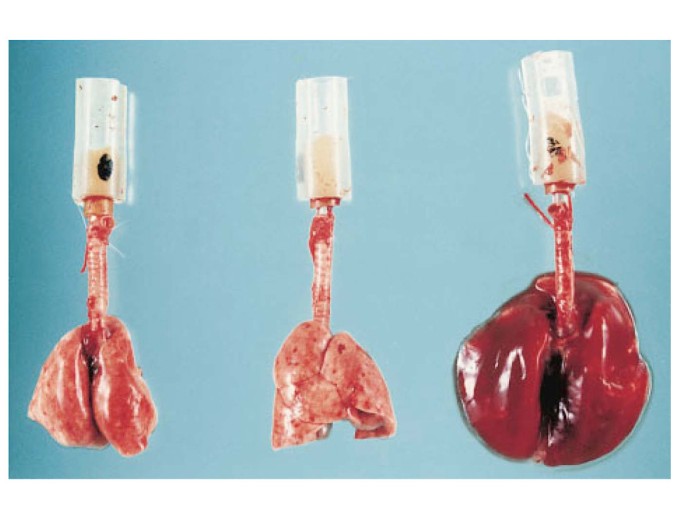
Ventilator-induced lung injury: historical perspectives and clinical implications | Annals of Intensive Care | Full Text

Protective function of DJ-1/PARK7 in lipopolysaccharide and ventilator-induced acute lung injury - ScienceDirect
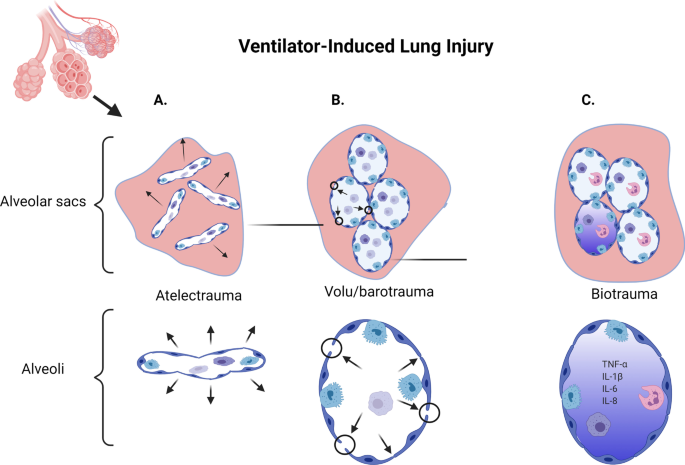
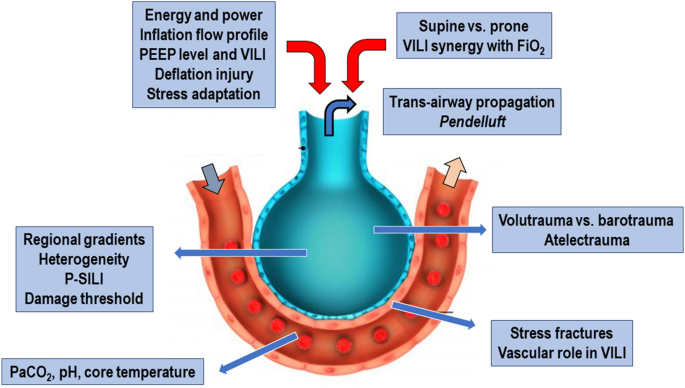


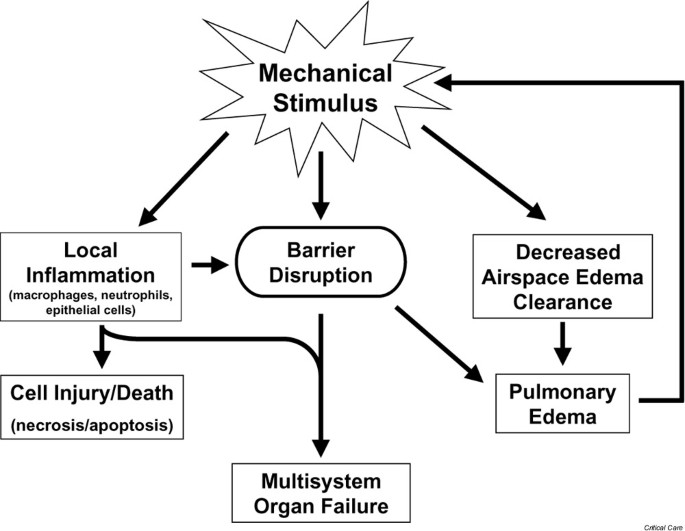
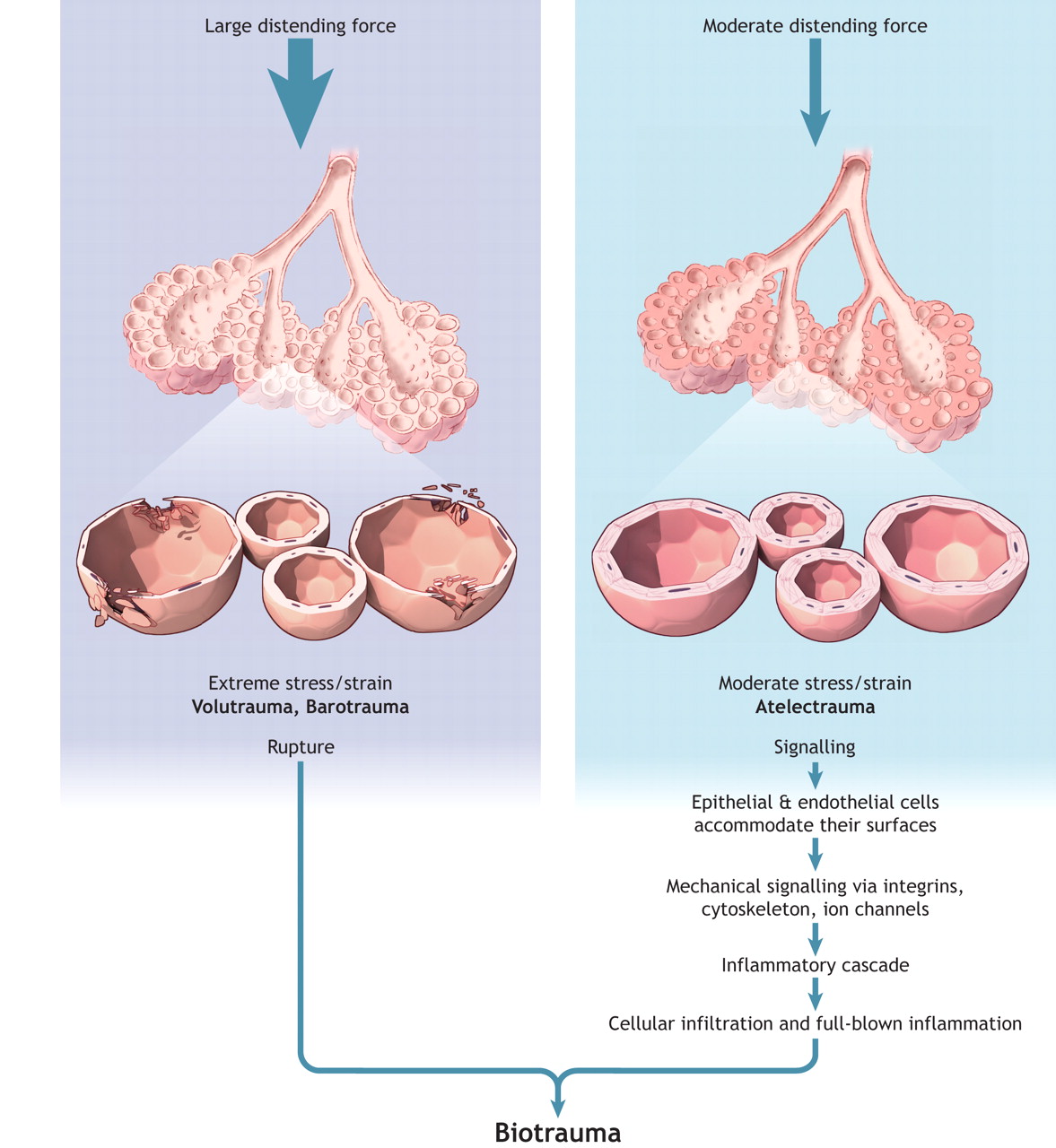
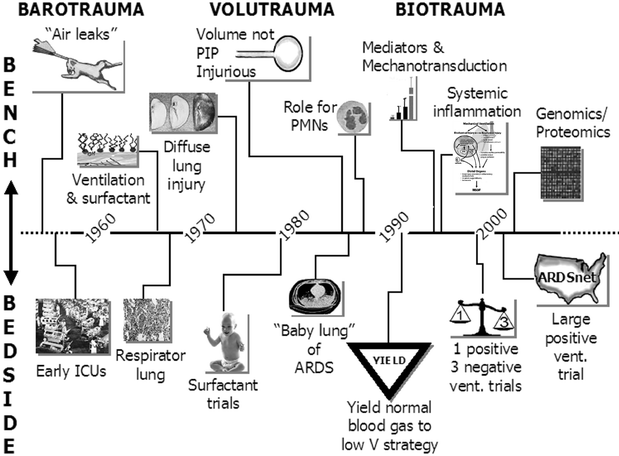




![PDF] Ventilator-induced lung injury. | Semantic Scholar PDF] Ventilator-induced lung injury. | Semantic Scholar](https://d3i71xaburhd42.cloudfront.net/08759dd6956a49d86605eca930b9e15db3732f4c/2-Figure1-1.png)


